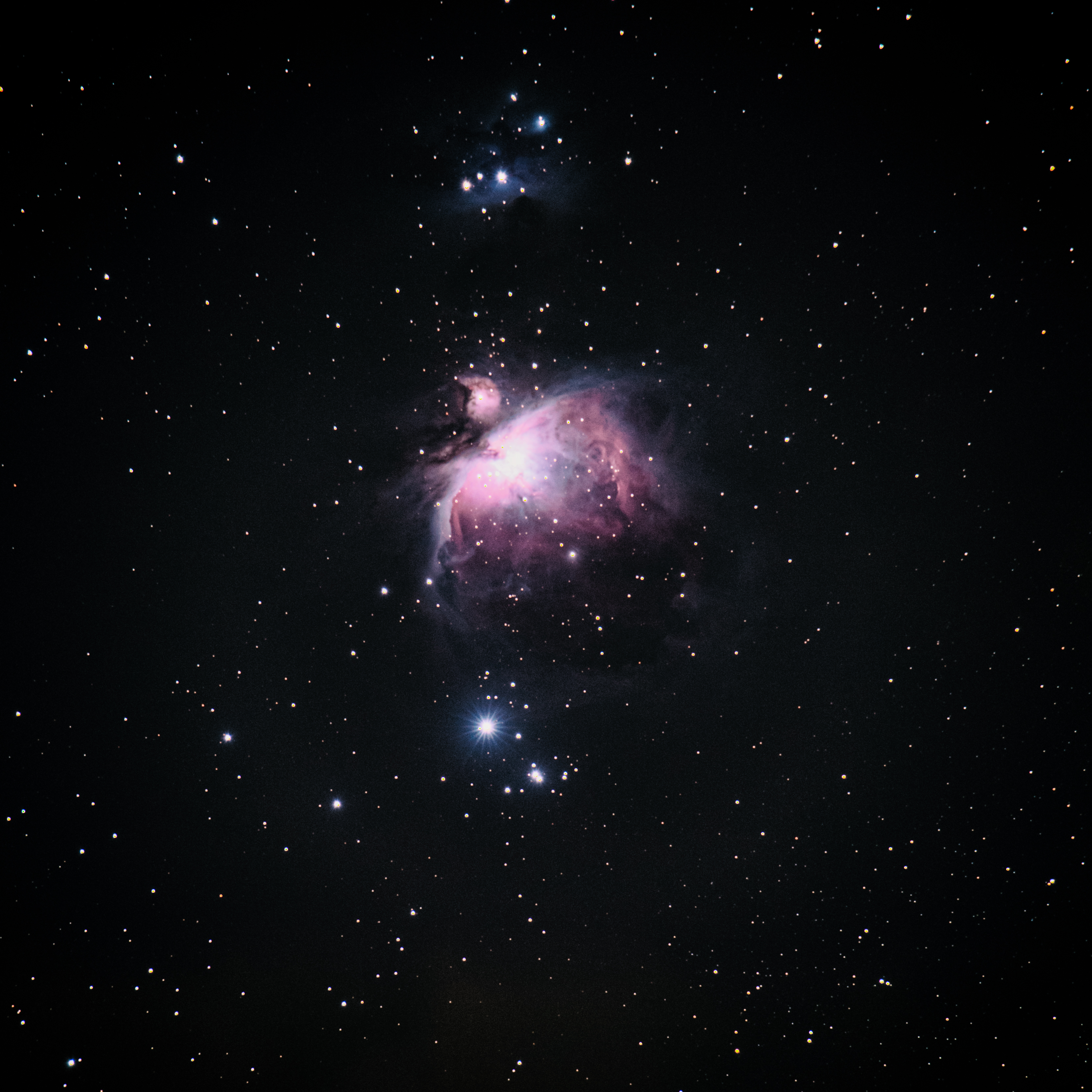this post was submitted on 05 Jul 2023
632 points (99.7% liked)
pics
19612 readers
424 users here now
Rules:
1.. Please mark original photos with [OC] in the title if you're the photographer
2..Pictures containing a politician from any country or planet are prohibited, this is a community voted on rule.
3.. Image must be a photograph, no AI or digital art.
4.. No NSFW/Cosplay/Spam/Trolling images.
5.. Be civil. No racism or bigotry.
Photo of the Week Rule(s):
1.. On Fridays, the most upvoted original, marked [OC], photo posted between Friday and Thursday will be the next week's banner and featured photo.
2.. The weekly photos will be saved for an end of the year run off.
Instance-wide rules always apply. https://mastodon.world/about
founded 1 year ago
MODERATORS
you are viewing a single comment's thread
view the rest of the comments
view the rest of the comments


Two things help a lot:
But, even without any of those, I've taken images of the Orion Nebulae with just a tripod. It will be a lot blurrier and noisier and generally worse, but its pretty cool to see it show up anyway.
Here's my first picture of this Nebula, it's just a 400mm lens and a tripod. One 2.5min exposure.
Thank you! That helps a lot to make sense of things!